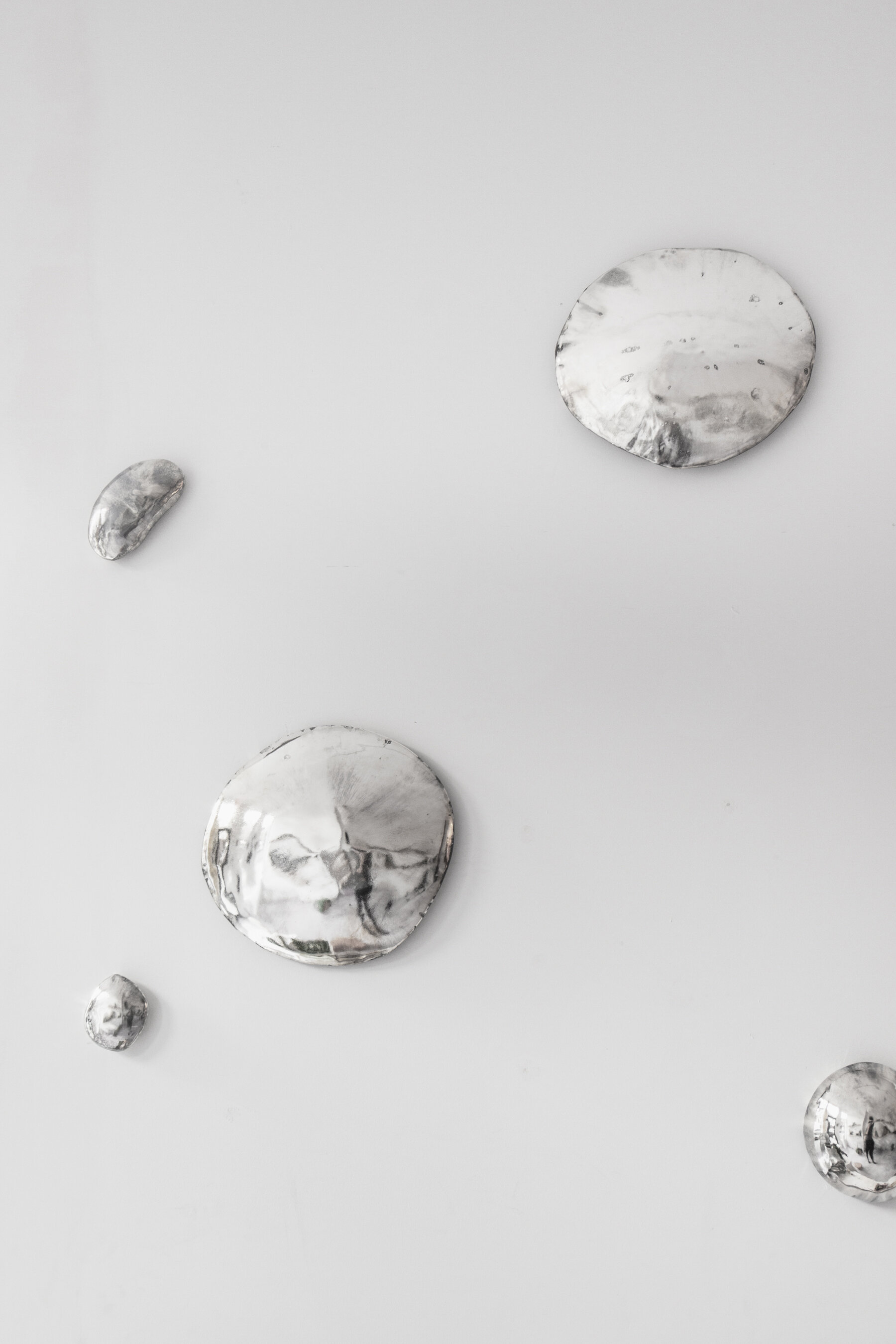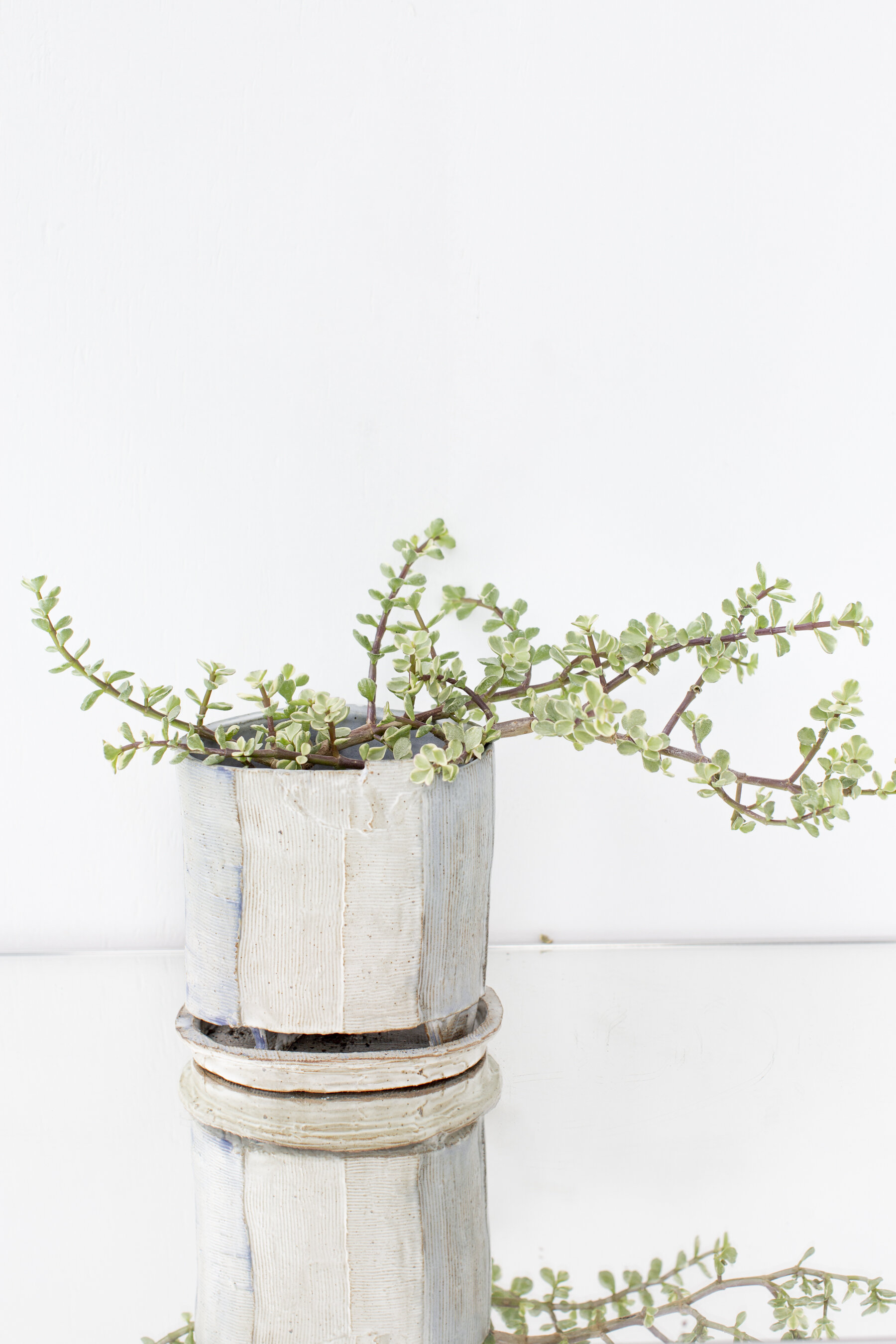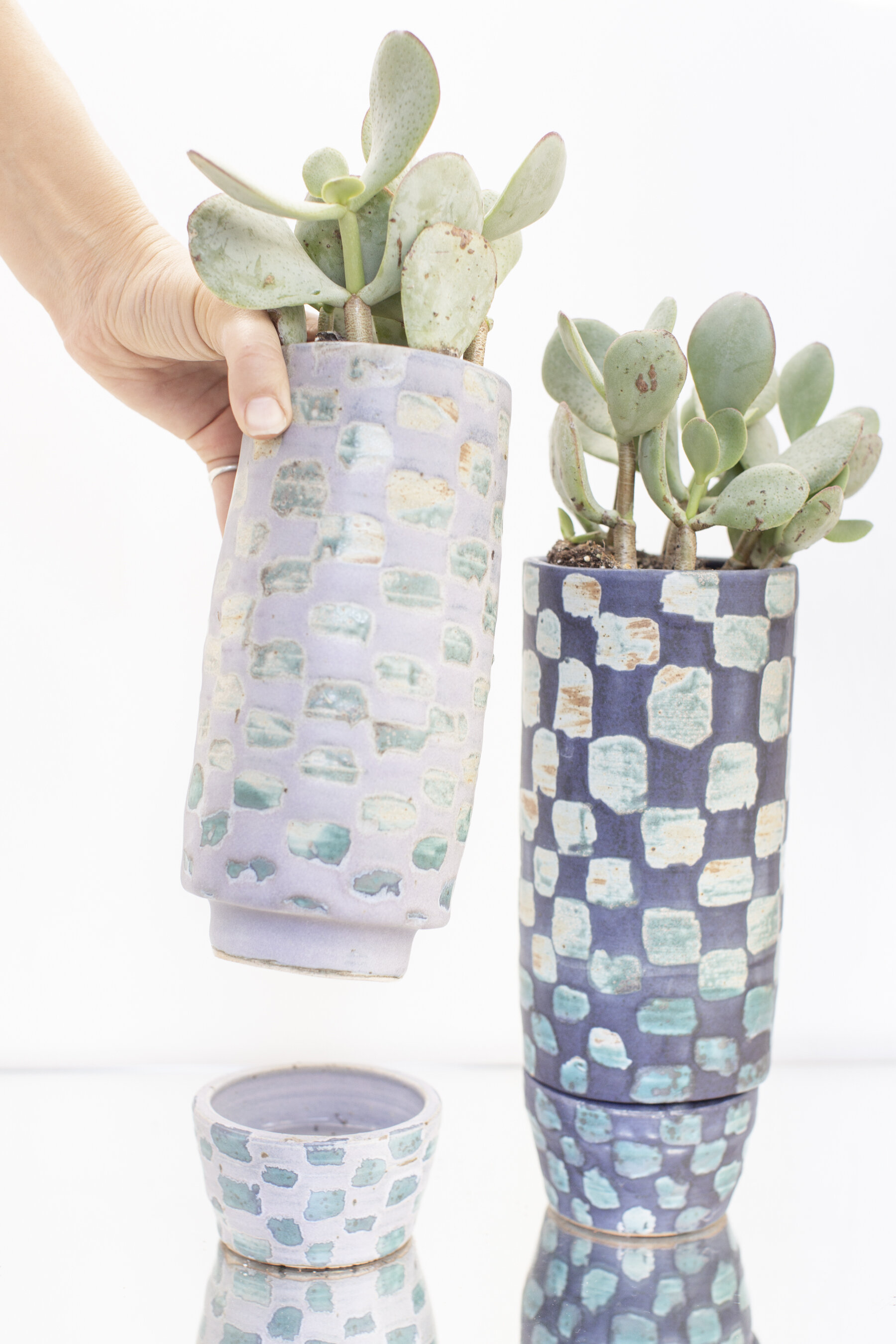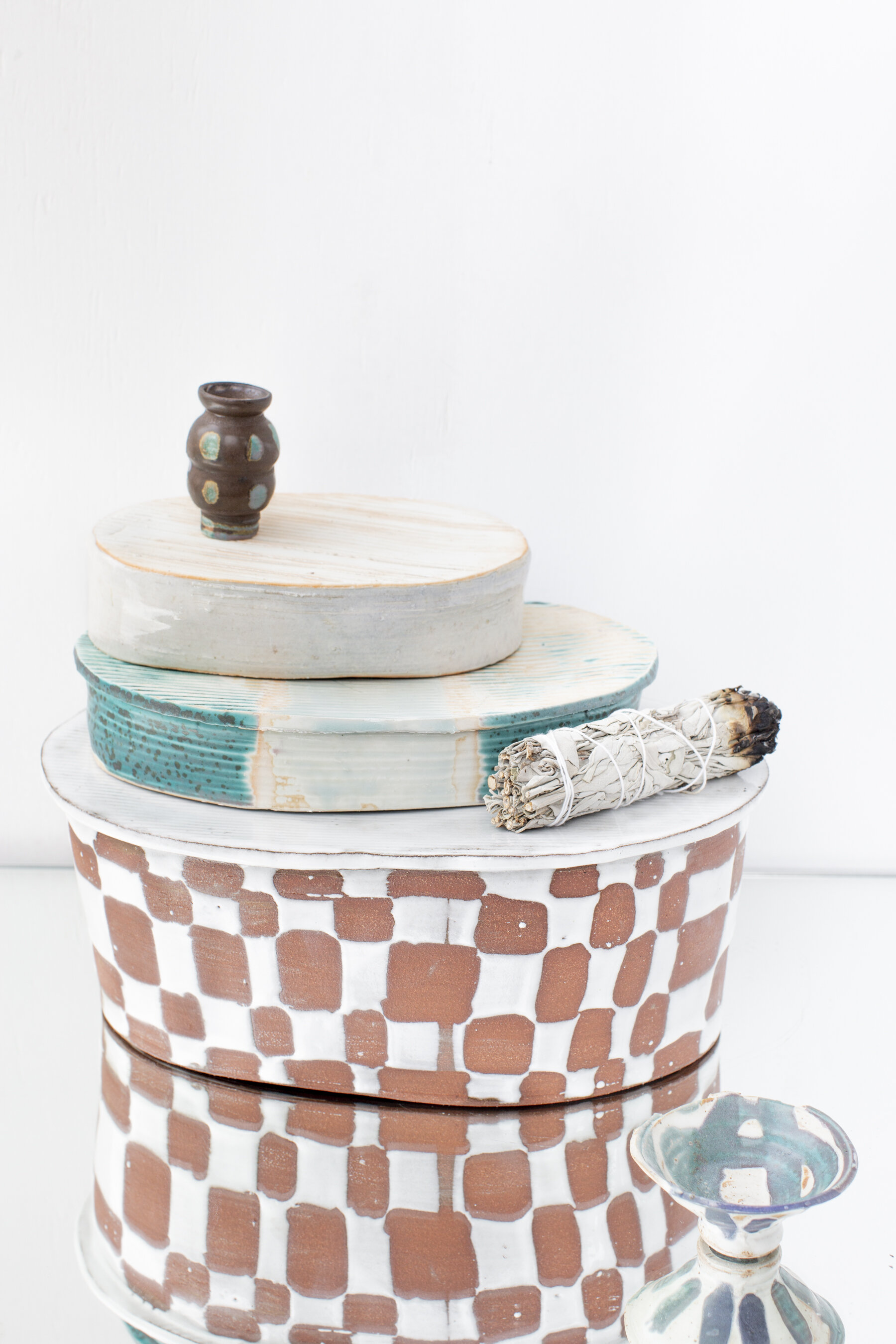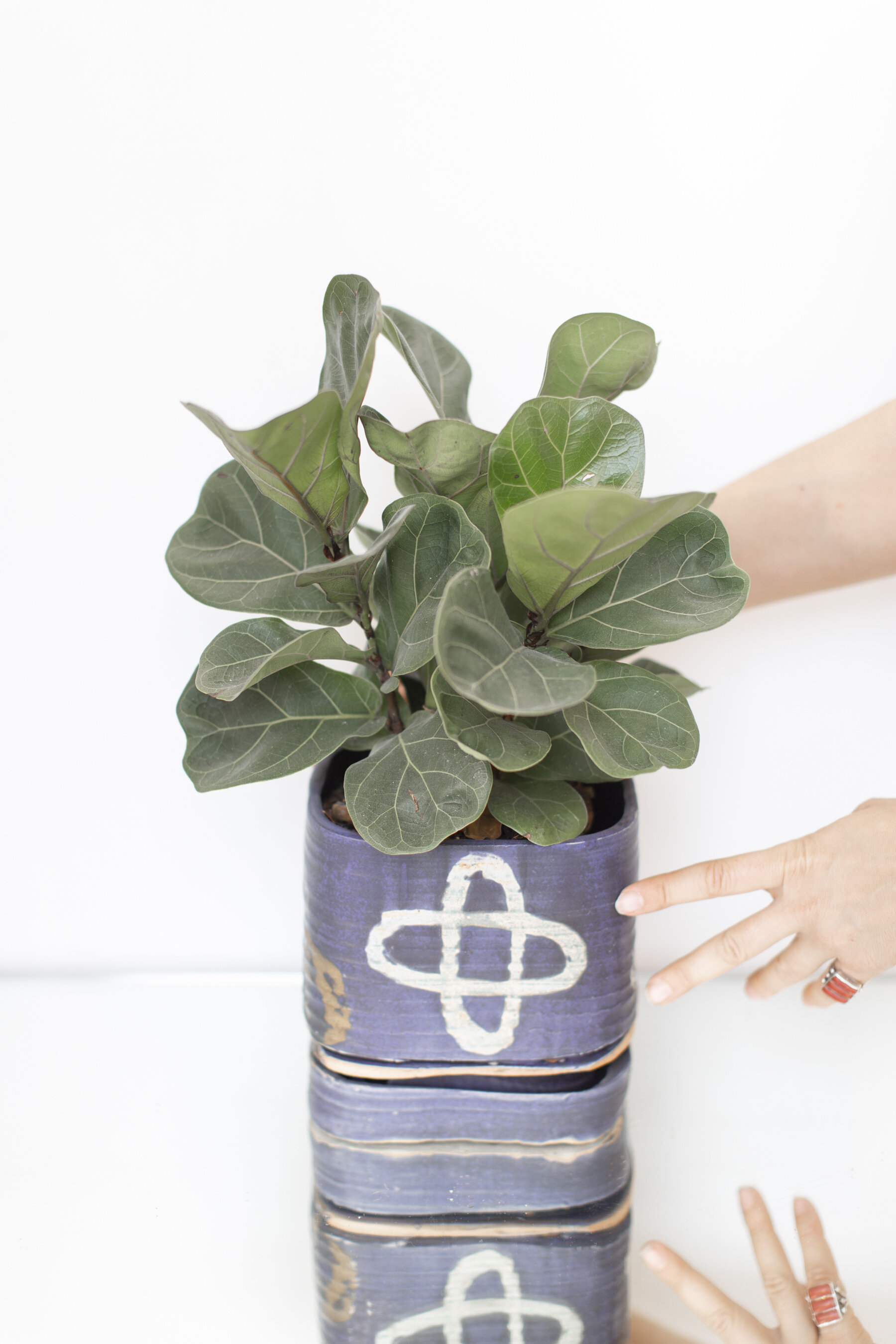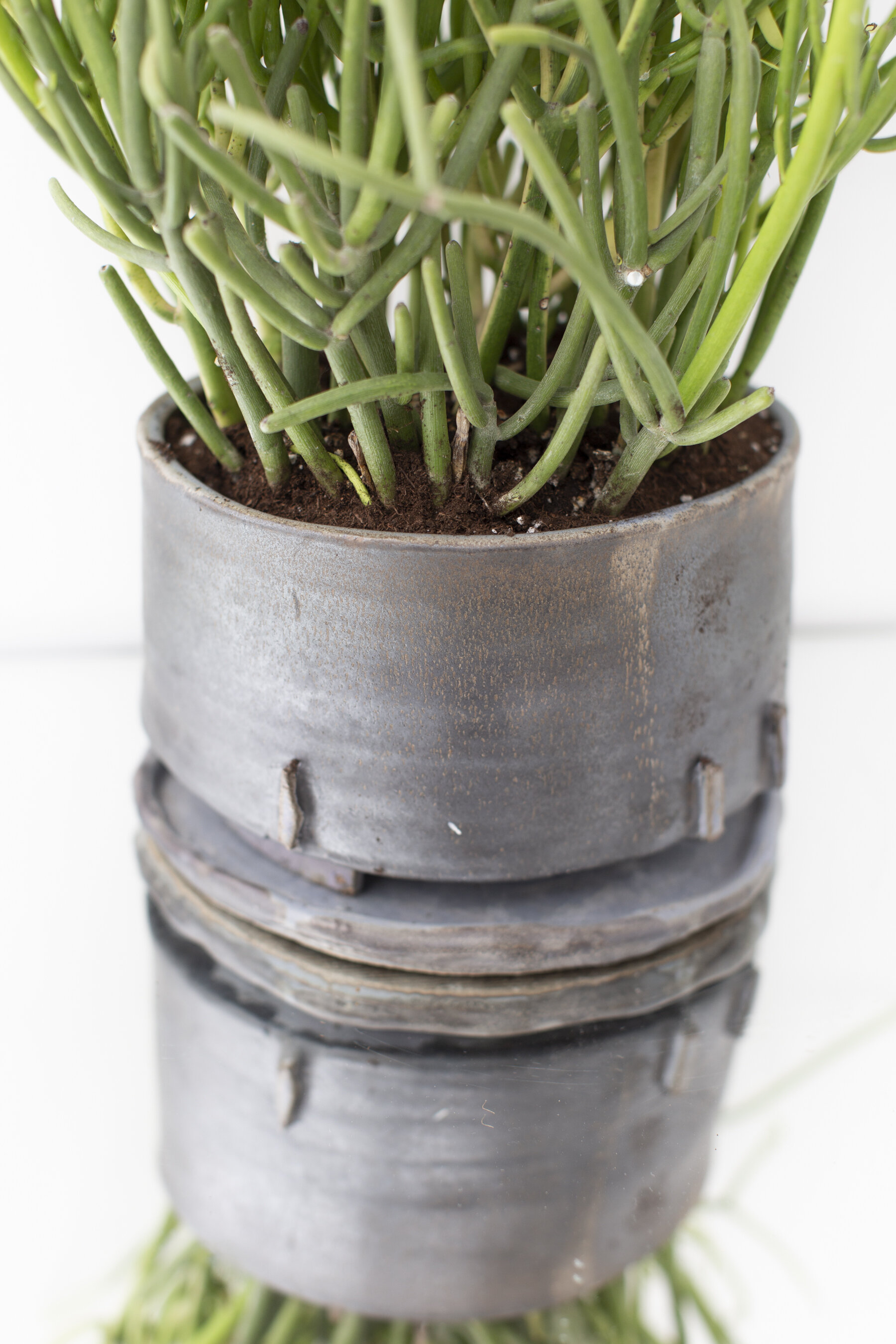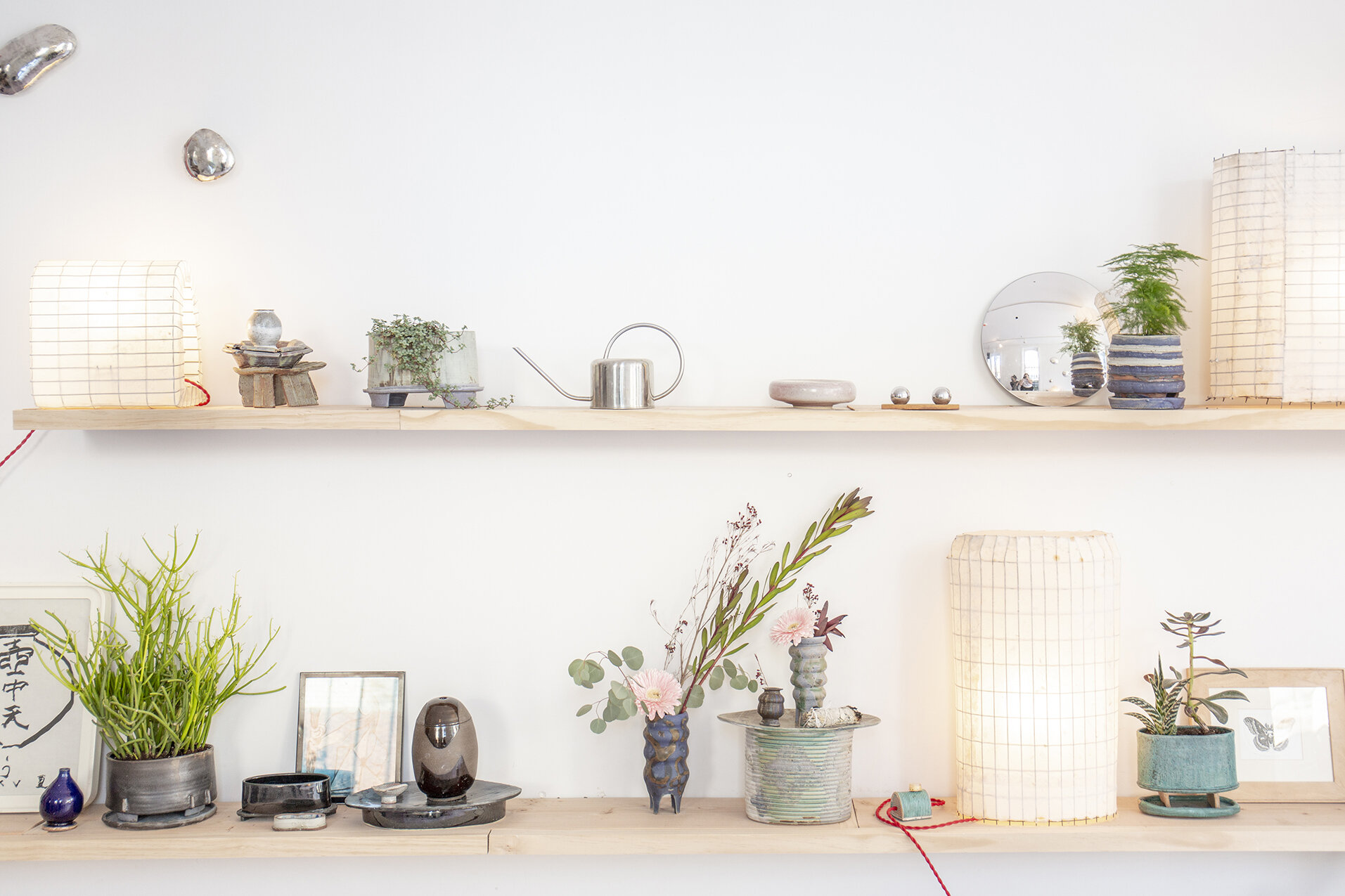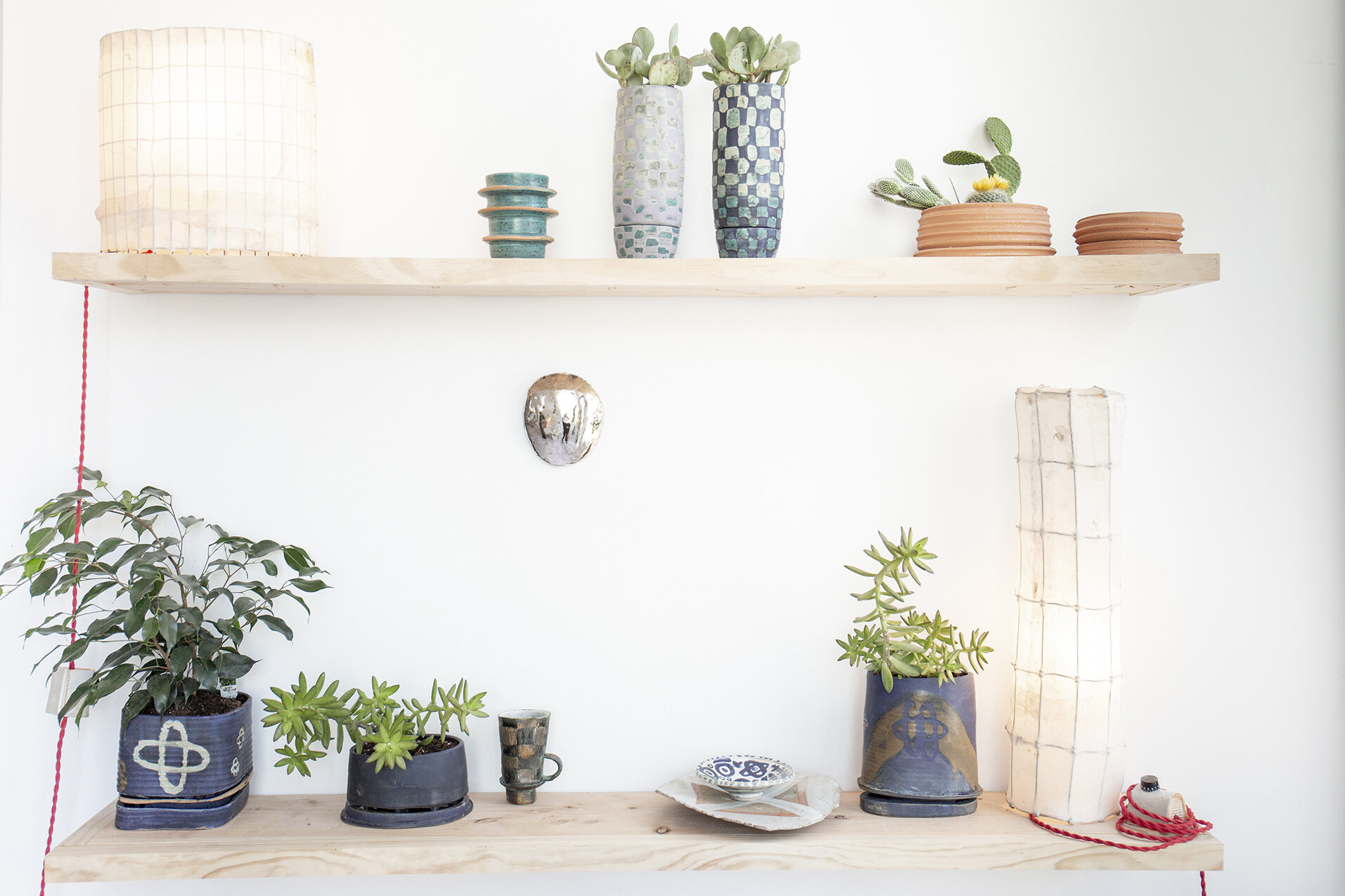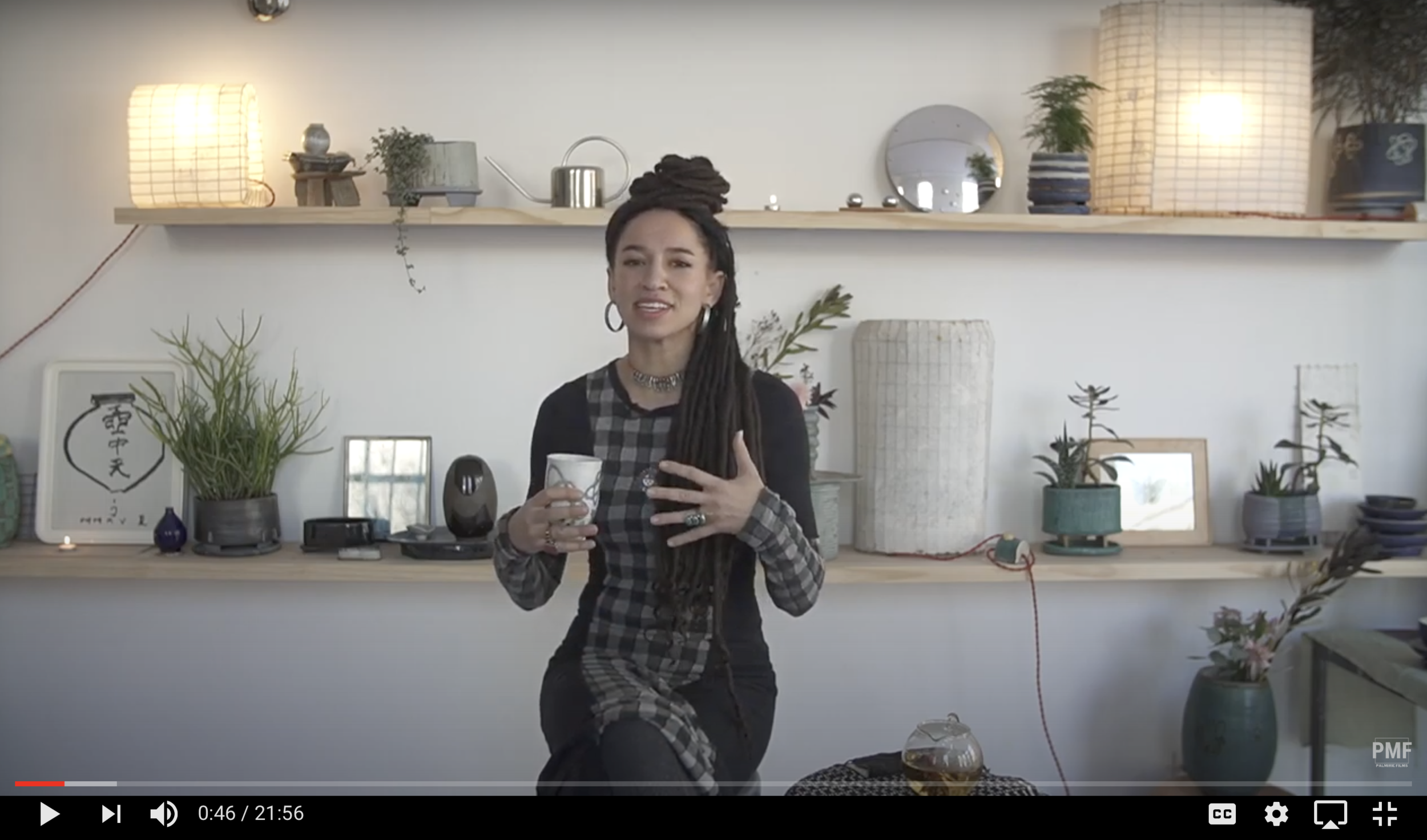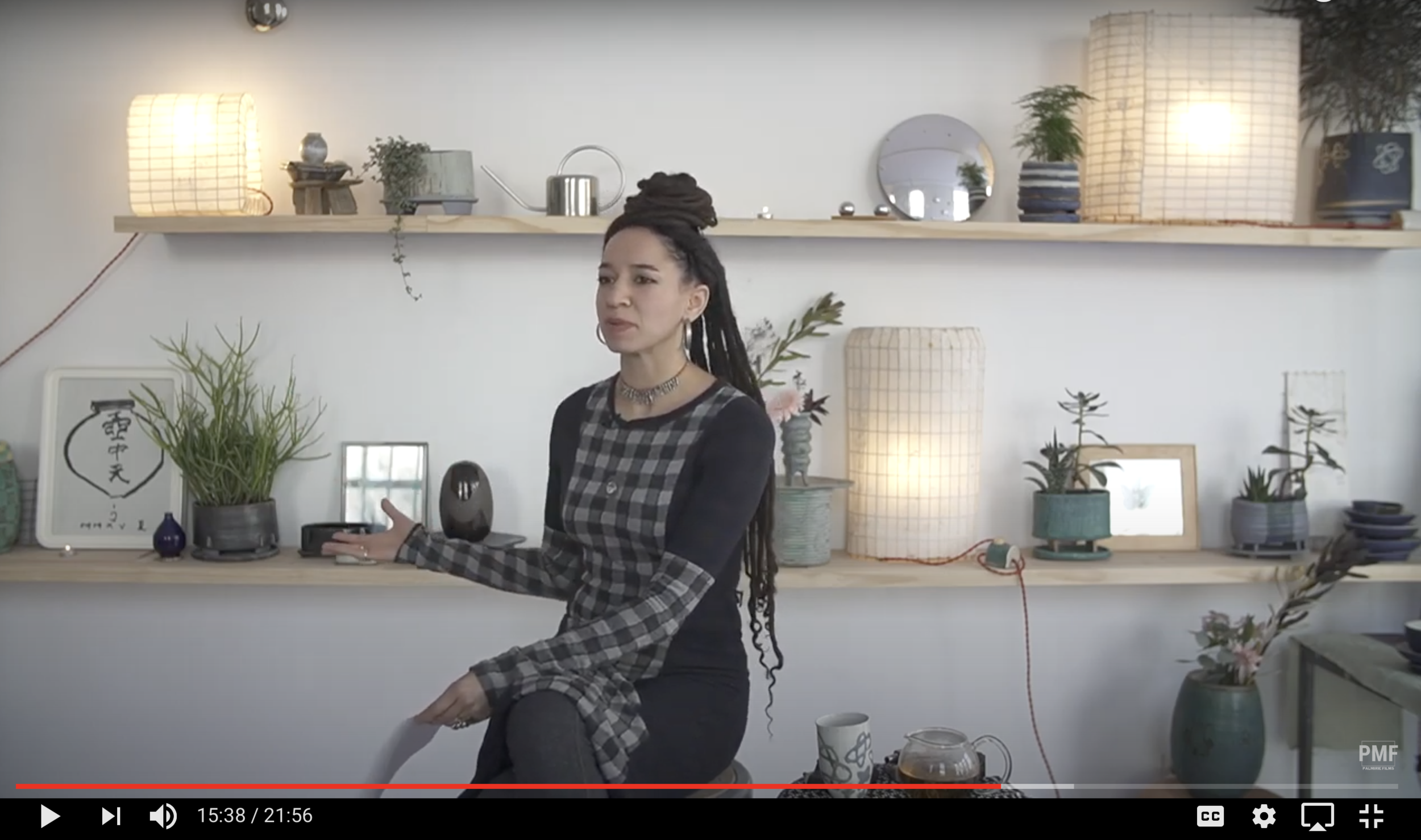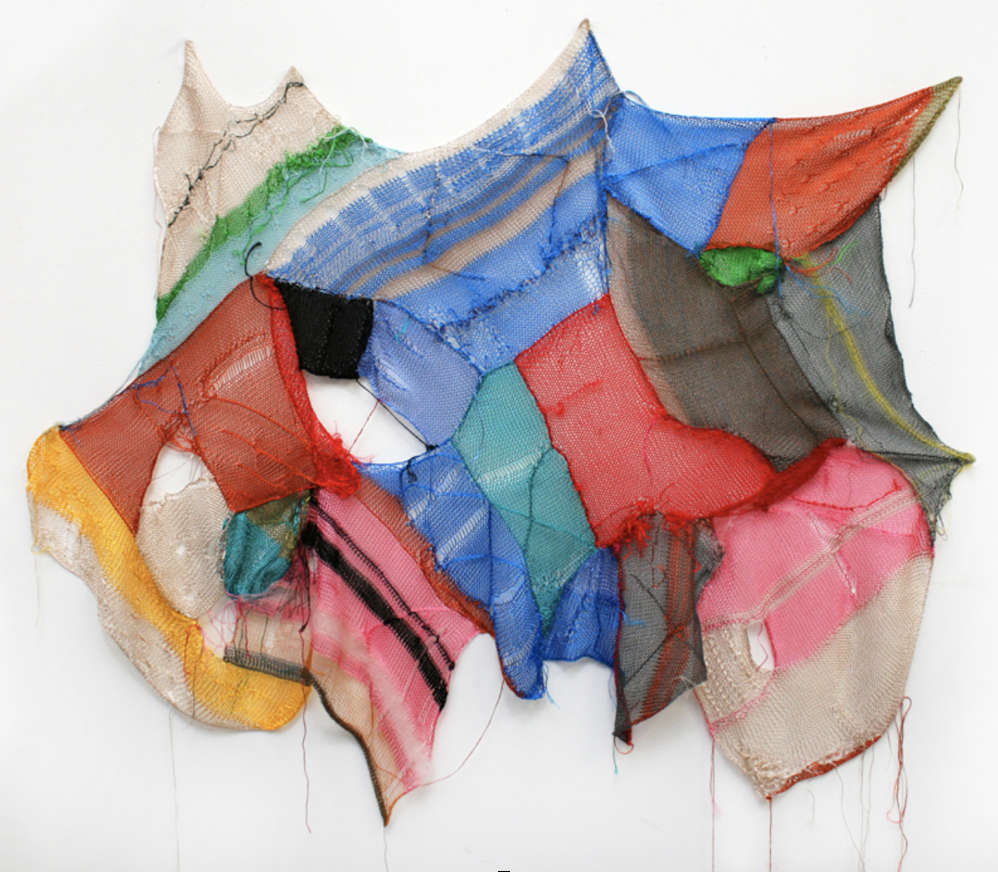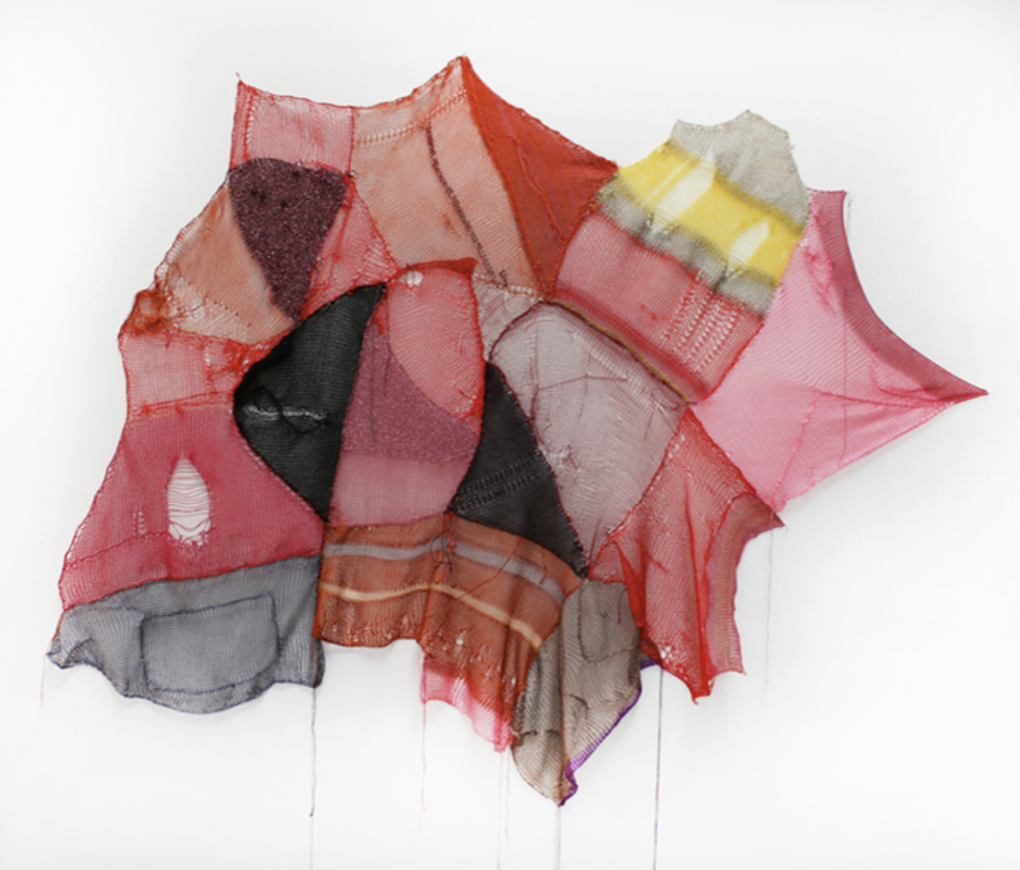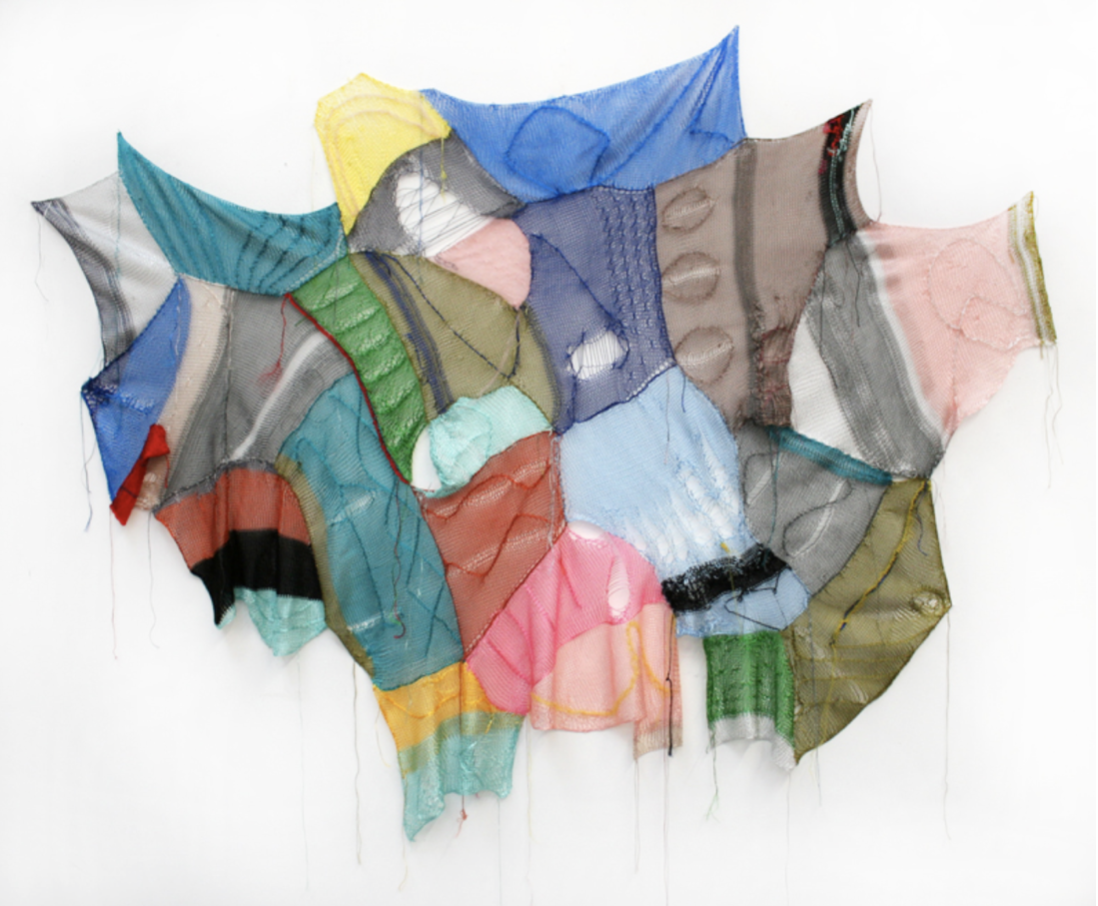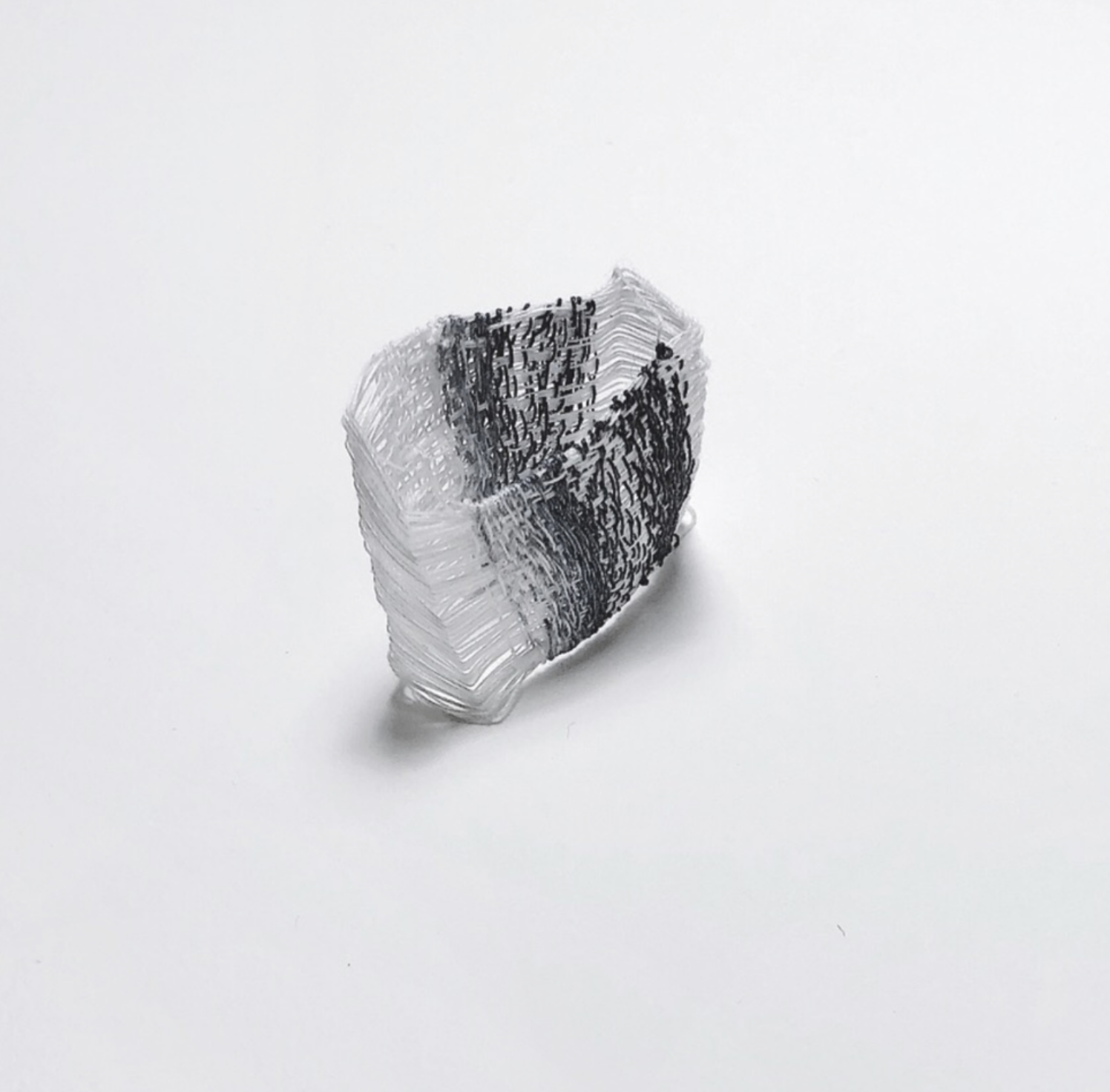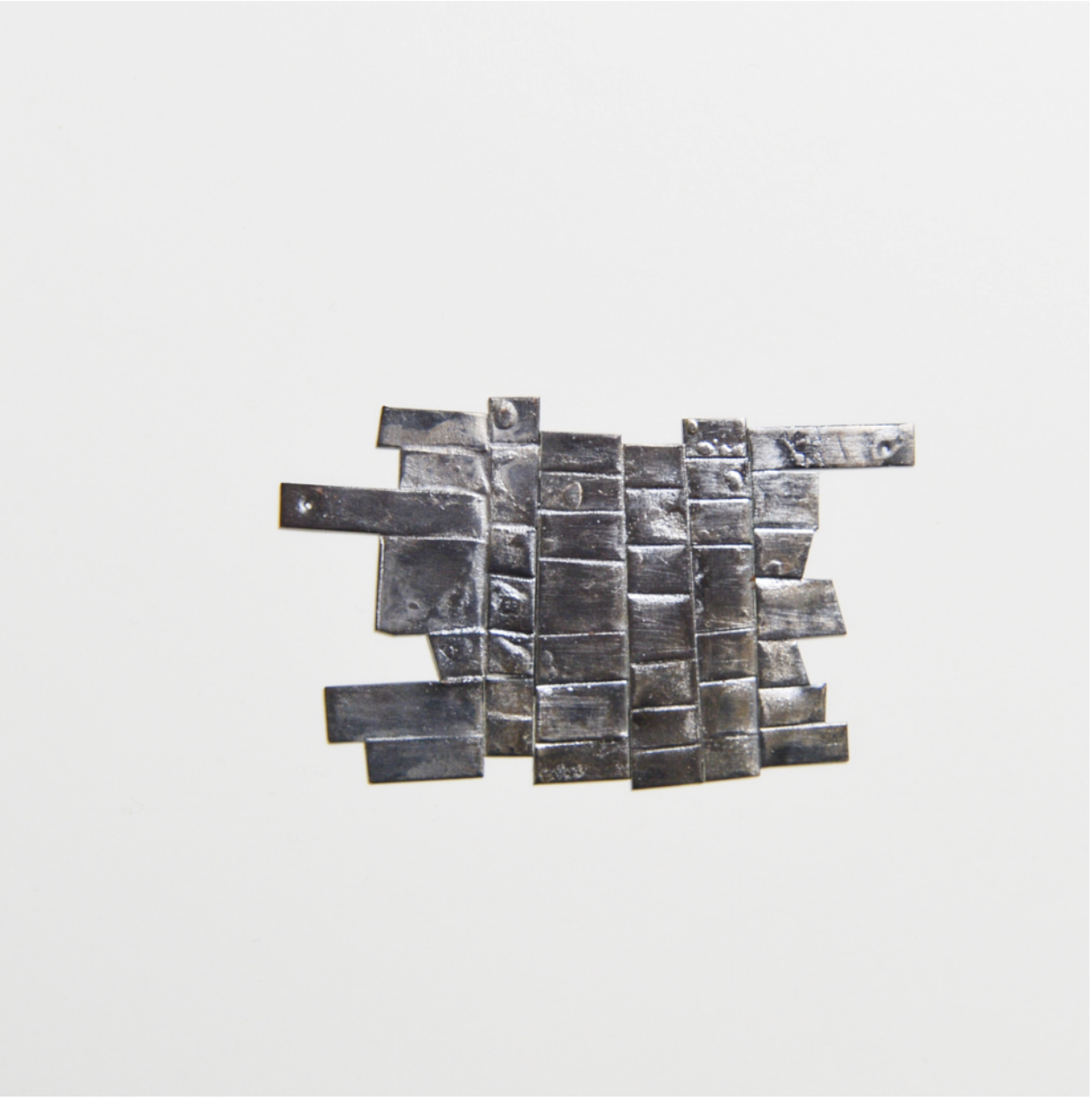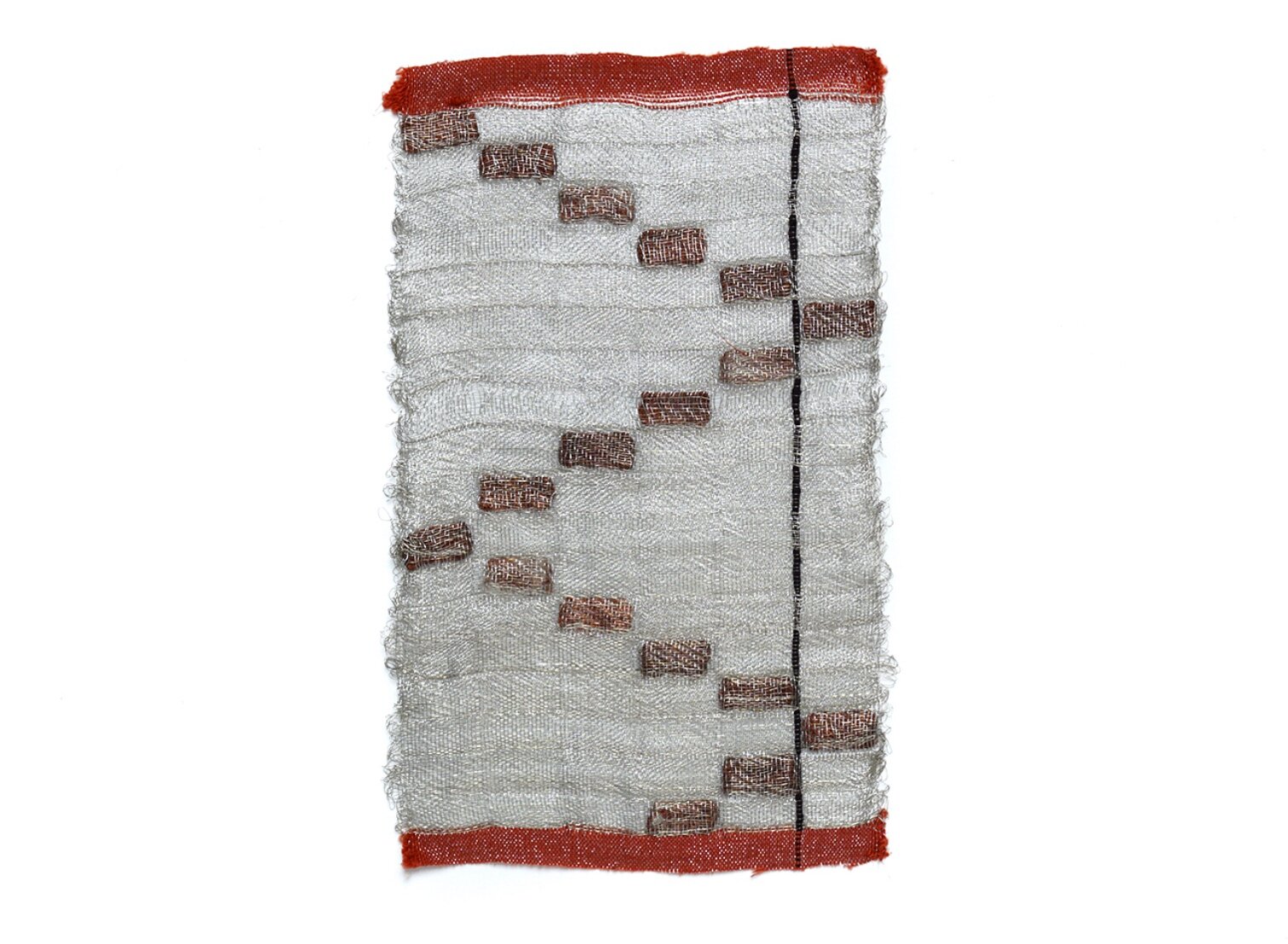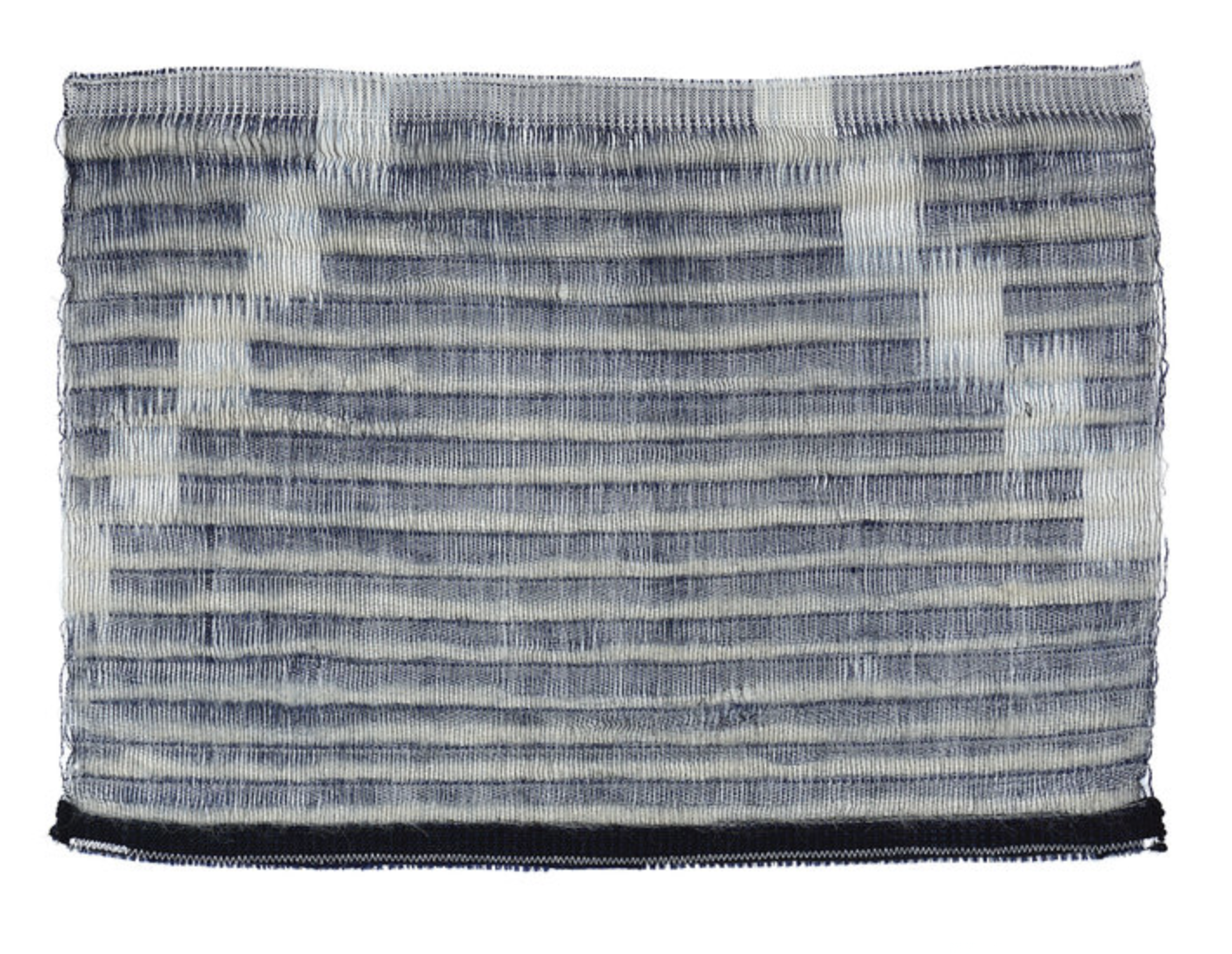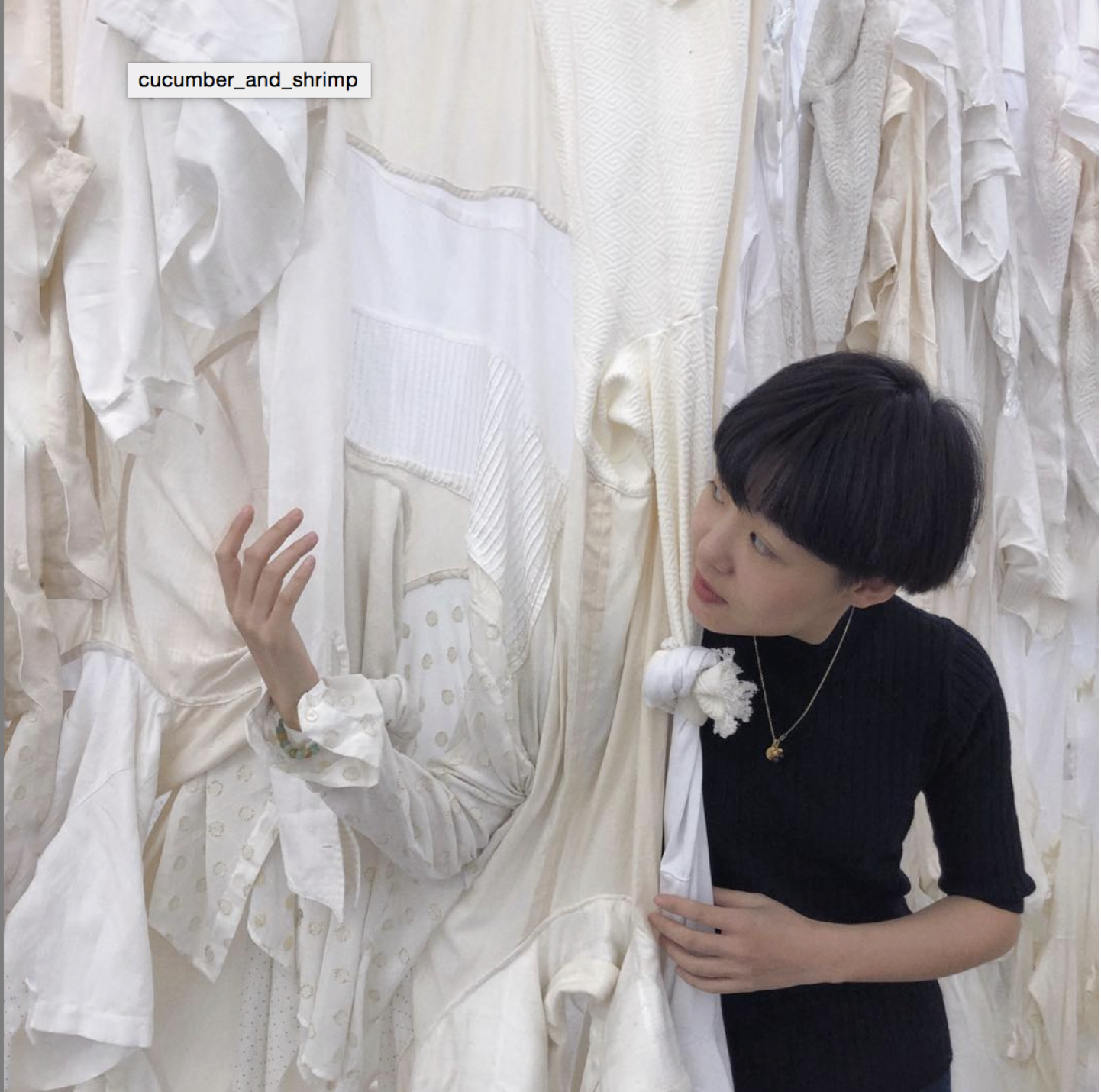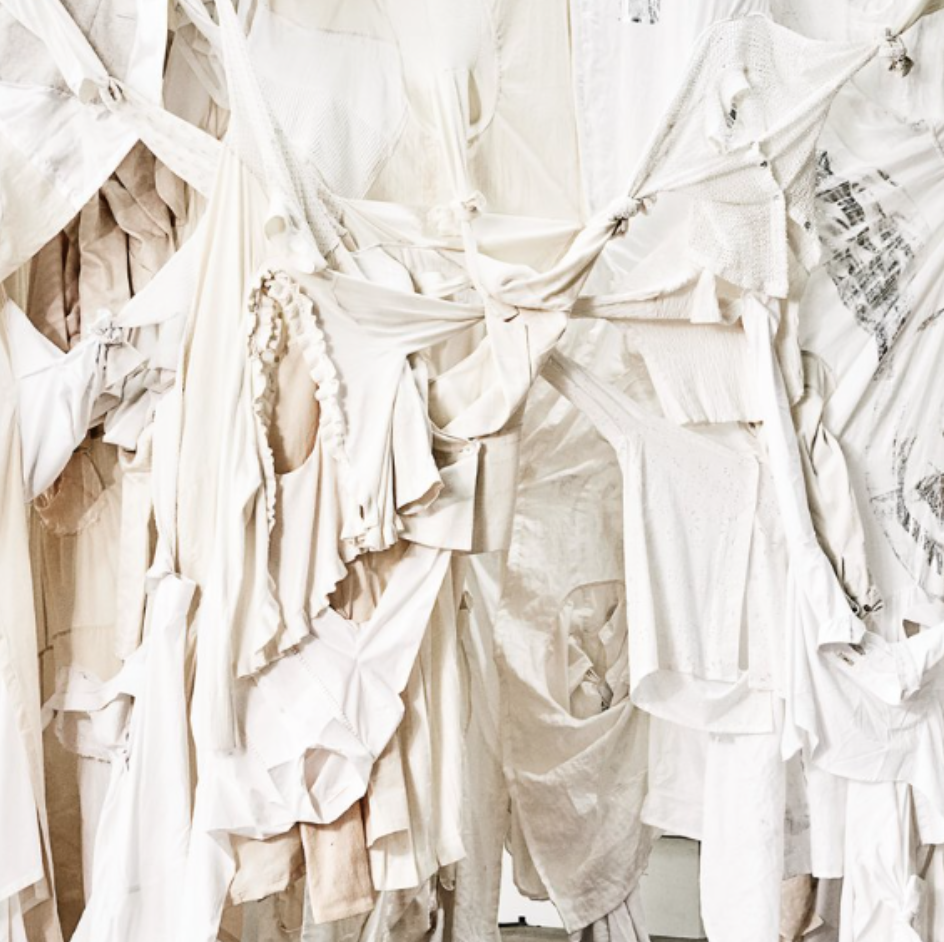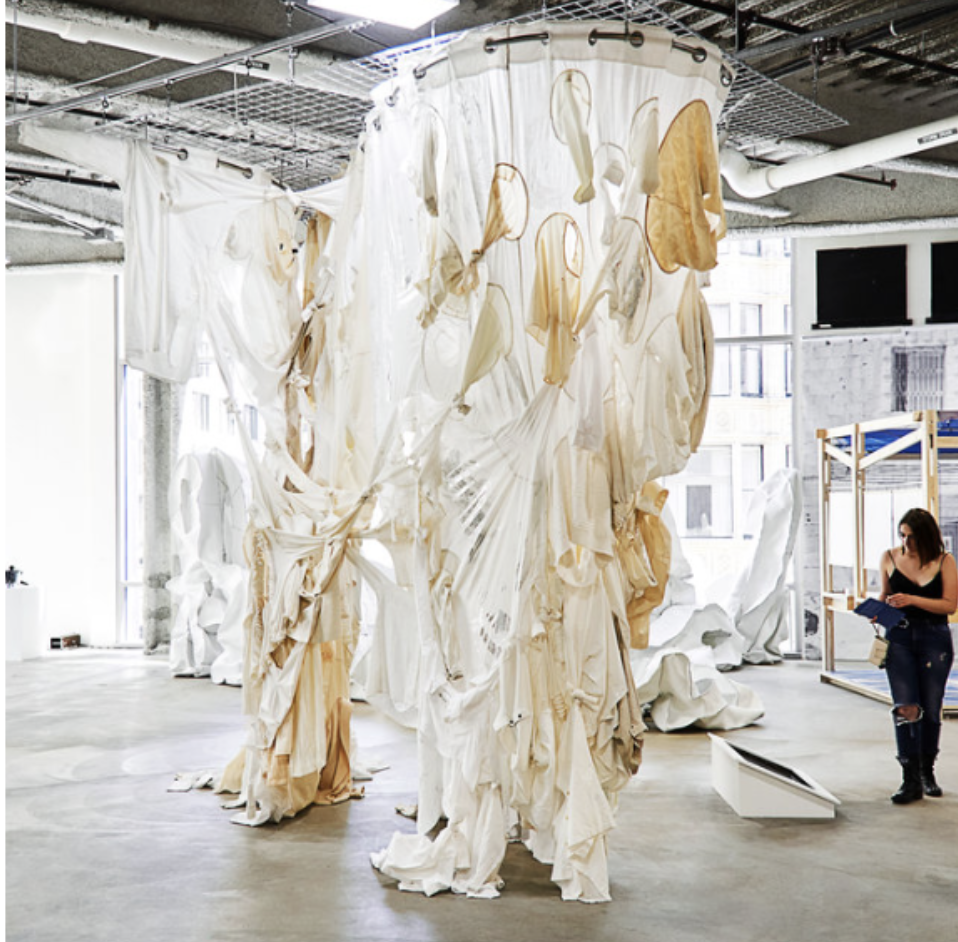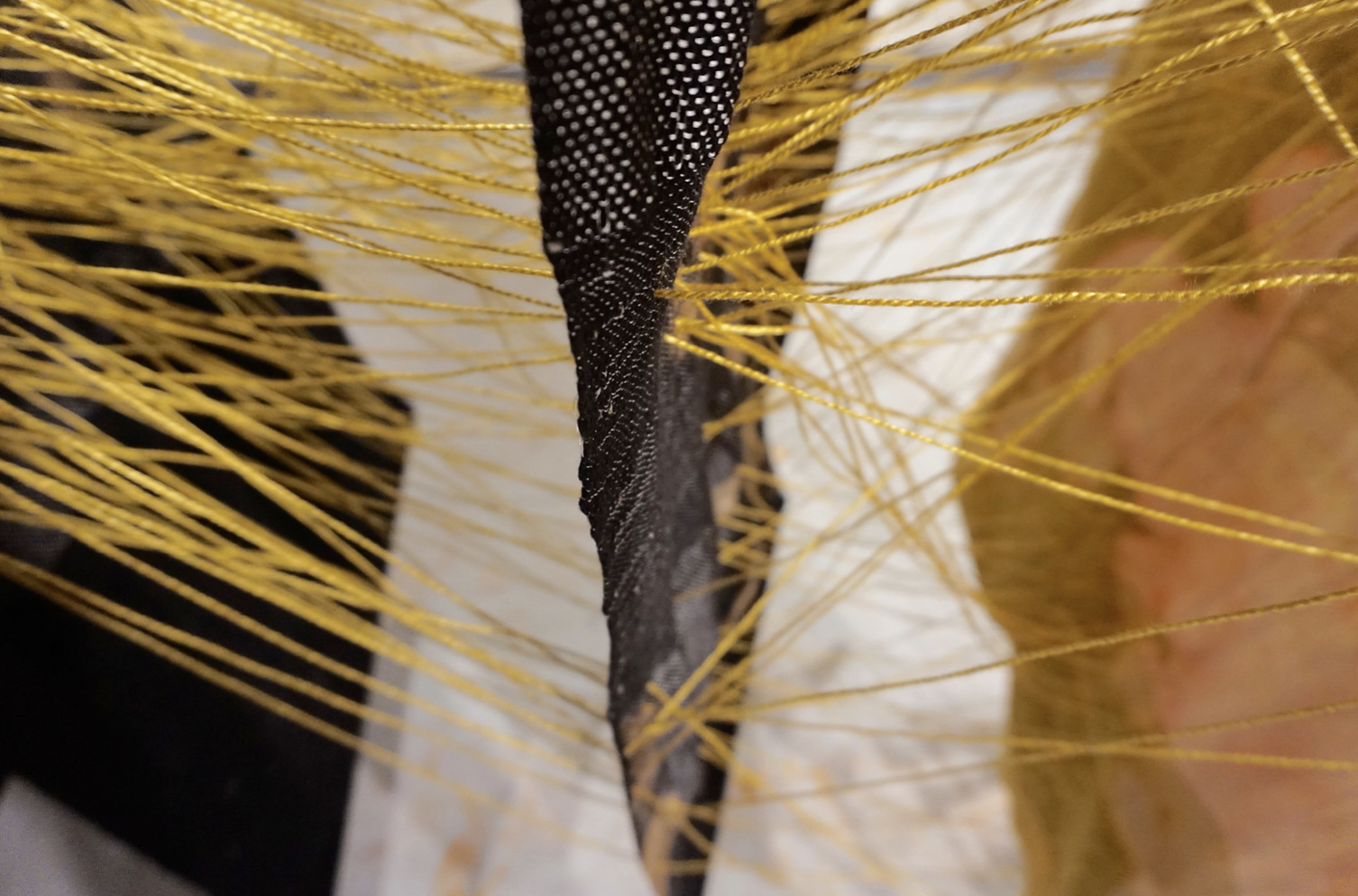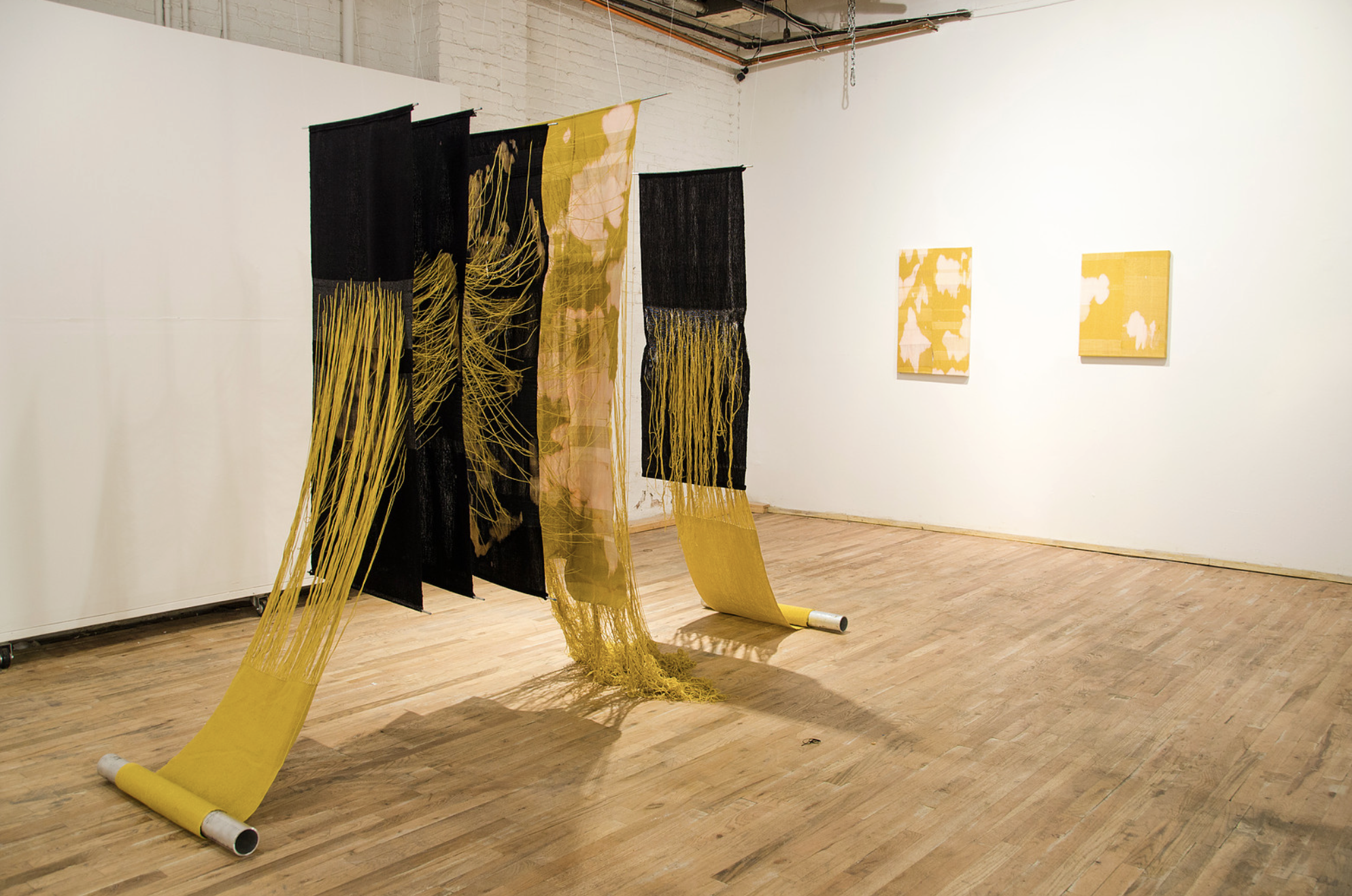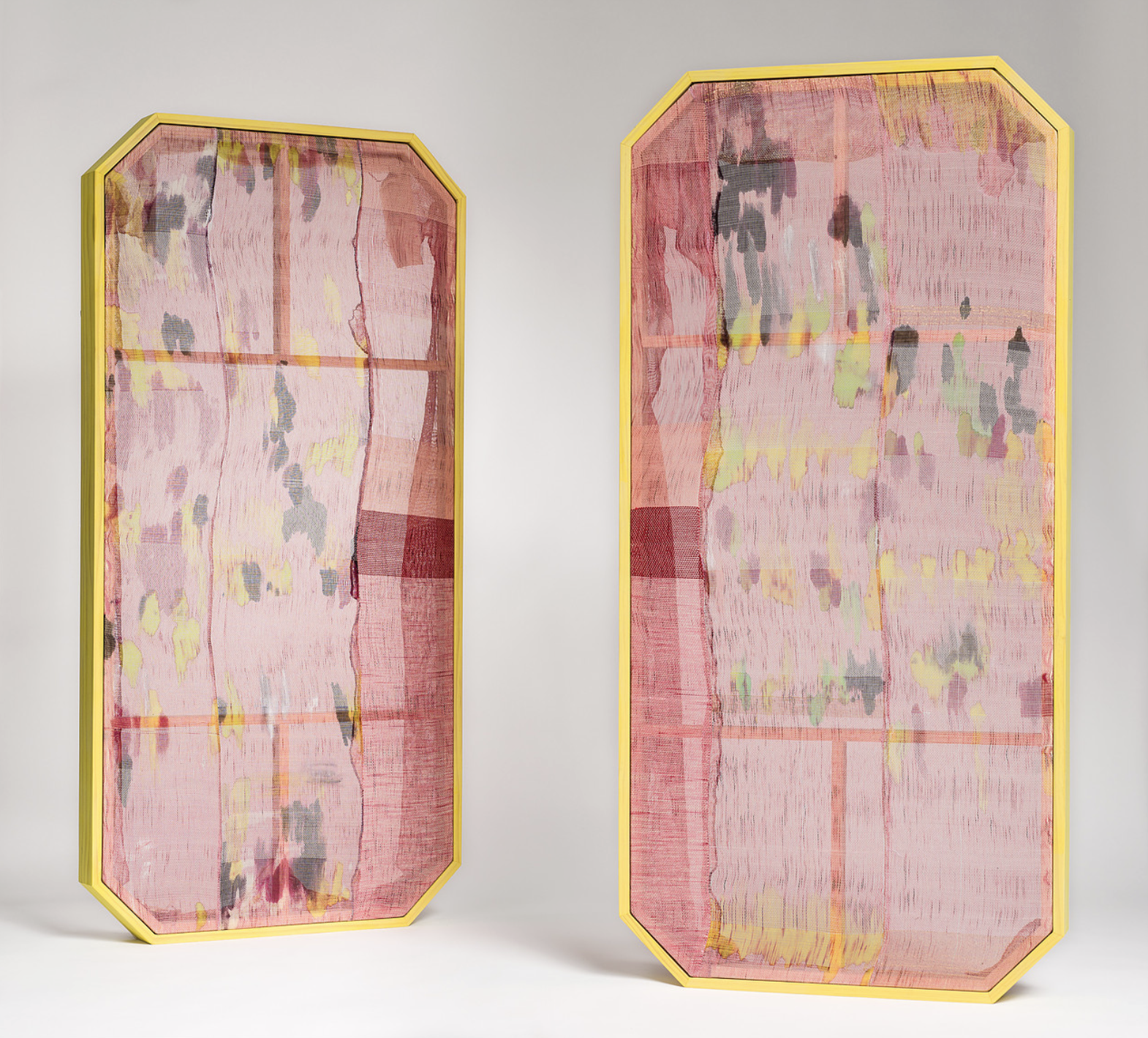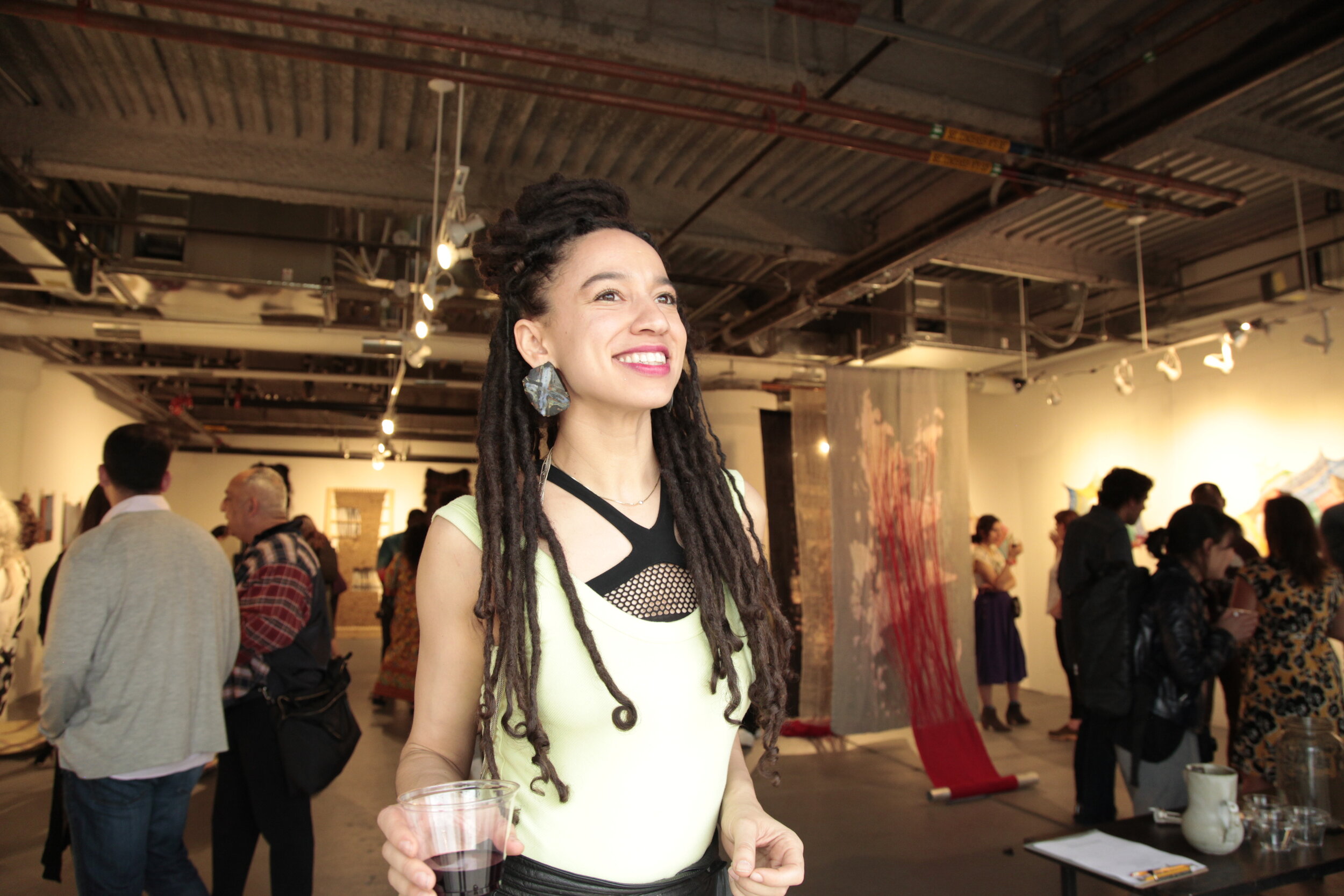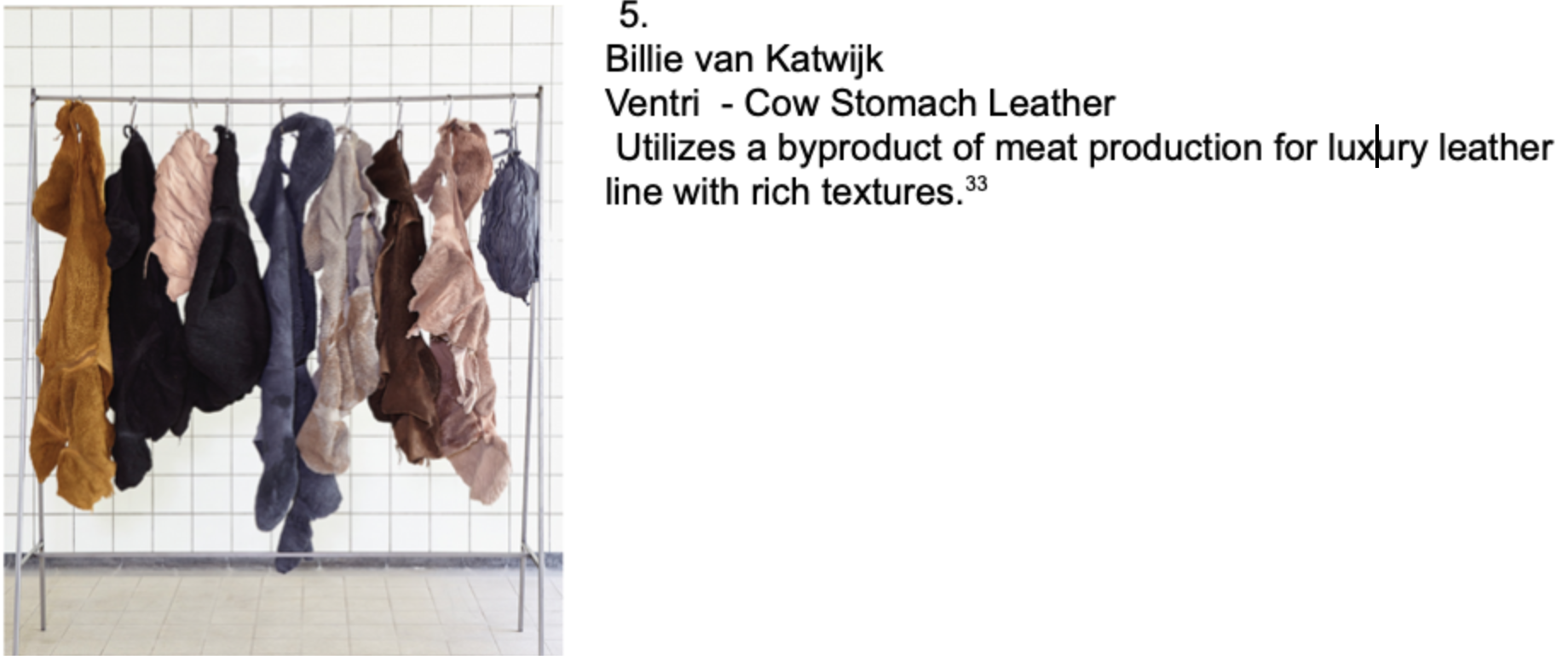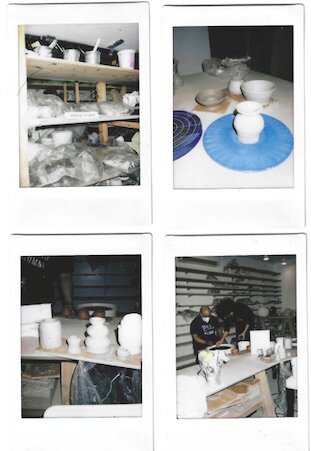A N I M A T E O B J E C T S
: D I V I D U A L S
SOLO EXHIBITION
NOVEMBER 2020
Animate Objects : Dividuals is my submission to the afro-minguei cannon proposed by Theaster Gates through his 2019 exhibition ‘Afro Minguei,’ which combined japanese philosophy with black identity. ‘Mingei’ translates as folk art, or rather, the art of the people. The term was coined by Soetsu Yanagi, a craft collector in the wake of the japanese industrial revolution. He posited that through the work of the mingei craftsperson, the divisions between art, philosophy, and religion merge. Within the show, you will find attribution to my teacher, Takashi Nakazato, 13th generation Japanese Potter and National Treasure. The work is the result of my own experiences as a biracial craftsperson and art historian dedicated to preserving traditional craft.
Objects have life in a myriad of ways. They form our experiences, embed themselves in memories, accrue stains, scars, and chips through a series of events. Their bodies are often made to fit ours and to inherently match the maker’s hands. In their form, there is a human signature whereby the creator’s culture can be read. Ceramic, paper, metal, wood, and glass, born of the earth, are ergonomically transformed by craft and given a path. These impressionable materials are honest event recorders, holding their experiences within their flesh. Ostensibly inanimate objects are in truth animate.
We are reminded by phenomenology, a method of inquiry that uses ‘our perception of objects as the basis for the investigation of reality,’ that what we perceive takes place within our own bodies. Our understanding of our surroundings is a sensation that happens within the brain. What we perceive as being distinct and separate is in fact transpiring within ourselves. Because objects are our environment, objects share our lives.
Numerous cultures refer to a set of sacred objects as ‘object-persons,’ or objects that possess life. The minkisi power figures of the Kongo are seen as living because of their duty to protect and their ability to heal. There is a belief in an inner spark or mooyo within minkisi objects that is created through their materials. The mirror on the outside of its belly, for example, is seen as a divination device; it serves as the minkisi's eyes for seeing. Interculturally speaking, we are forced to observe that our limited conception of life is linguistically tied to English. We must pause to dismantle the ways our language has limited our ability to understand animism and stunted our ability to perceive life. Expanding our language will enrich our ability to see life in what previously appeared to be inert.
The word 'dividual' refers to the concept of the porous self. In contrast to the idea of a separate and distinct entity, or ‘individual,’ this word illuminates our interdependence as the primary perception of ourselves rather than our separateness. Nurit Bird-David proposes the idea that the dividual person is one constituted of relationships. This concept allows us to see the world by focusing on connections rather than on distinct items. His argument is that it is not everywhere that the individual is regarded as a single entity, bound to itself and then integrated. In fact the dividual person can be seen as being made of its composite relationships. Through introducing new words to our language, we may begin to conceive of new dynamics that are present within our society.
These works are intended to invite the viewer to elevate their perception of a living reality. They offer an opening in which we might begin to identify ourselves as an intrinsic part of our environment; to recognize our belonging to the contents of this celestial plane; and to live with reverence. May we recognize our one life and may we observe the sacred manifestation in all things.
c u r a t o r i a l c o n c e p t
The curatorial initiative joins the work of fiber artists with their material culture origins by connecting their artworks to objects in their personal lives. By tying the cultural influences held in possessions to contemporary textile works, we are able to uncover personal ethnoaesthetics as they relate to societal ones. Ethnoaesthetics, as compared to ethnomusicology, or ethnobotany, understand cultural values as expressed through the realm of design. Through exhibiting possessions alongside artworks, the viewer has a chance to think visually and to link conscious and subconscious elements that influence what we collect and what we make, and which are ultimately tied together with the same personal ethnoaesthetic. The initiative investigates the ethnoaesthetic origins of textiles, by charting the cultural values implicitly expressed in the visual languages of creations and possessions.
c u r a t o r i a l m i s s i o n
The revival the word ‘ethnoaesthetics’ allows us to specifically reference the visual and tactile form based languages adapted and continually created by cultures in order to define and survive in our world. We have a need to expand our vocabulary in order to understand ourselves through the expanse of modalities in which we exist. The ways we have understood our naturally curated personal expression found what we possess, and what we create, has been limited in how it relates to our familial, communal, societal, and global expression of cultural values.
Ethnoaesthetics is the study of the values of material culture as expressed through form. The field of inquiry seeks to unpack the valuation systems inherent in objects, and is guided by an analysis of choice and preference in object expression. Each demographic gestalt, including personal, familial, societal, ethnic, religious, or gender based identities has its own set of varied ethnoaesthetics and each is highly intersectional. Each demographic grouping that we belong to informs the collection of objects from which we curate our home space, and also from which we draw material in order to create art. Developing our understanding of global and individual visual culture mandates an expansion of our ontological understanding of the relationship between humans and what we make --This is why the revival of the word ethnoaesthetics is powerful developmental evolution as a society.
Ethnoaesthetics sees objects as autobiographical and is an equally anthropological, art historical, and critical design perspective that is hyper aware of how form speaks volumes. In a world where we take design for granted, the arena approaches the content of material culture with the intent to innervate the languages of object expression with its due significance in order to draw connections between implicit cosmology and material manipulation. More than just the field of material culture, ethnoaesthetics seeks to track signifiers of meaning and tie the form based languages to their lineages inevitably found in greater society. Through the pursuit we debunk the myth of a ‘sterile culture.‘
E X E C U T I V E S U M M A R Y
Anima Initiative is a non-profit residency program that creates opportunities for multidisciplinary innovators to conduct open ended sustainable materials research. The residency brings together five to ten creators from diverse backgrounds to collaboratively investigate new applications for pre- and post- industrial waste. Generated material prototypes will have application in home goods, clothing, furniture, architecture, and fine art. The initiative creates an invaluable platform for developments in material science to be crowd sourced, funded, and produced by established consumer brands. Anima Initiative aims to create cultural momentum that rethinks the nature of waste with the larger goal of creating models for channeling consumerism into conservationism.
The residency fosters creators’ growth by offering time and space to collaborate, intensive workshops to help artists and industrial designers develop new skills in materials transformation, access to viable waste materials, and a store that promotes the brands of resident creators. Our non-profit entity will be supported through earned and contributed income from store sales, grants, corporate sponsorships, and individual donations.
Anima Initiative supports the design of objects and environments that move and enrich the community by developing sustainable design practices and fostering open source collaboration. With a profound respect for traditional craft techniques, a clear focus on fibers, future technologies, and the potential of waste material, everything we do considers the state of material culture connects the past to the future seamlessly and sustainably.
Anima Initiative offers support to this critical and emerging field in three ways:
T h e R e s i d e n c y R e t r e a t
A mobile residency bringing together a collective of people who conduct research focused on exploring the boundaries and potentials of pre and post consumer waste. Time is given to creators of all kinds, from textile historians to urban planners, to develop their personal investigations into material behavior. Research efforts and prototypes are shared via internally open source platforms to prioritize cultural advancement over proprietary ownership. The residency’s purpose is to support the investigations of practitioners invested in the field to illuminate the physical and theoretical potentials of material with a focus on closed loop product development.
T h e C o n s u l t a n c y C h a l l e n g e
The Consultancy Challenge creates an opportunity for materials innovators to collaborate with renowned consumer brands on sustainable manufacturing. Partner brands propose specific manufacturing challenges which creators then have the opportunity to research, develop and prototype in response. Corporate brand sponsors directly support the work and innovations of contributing creators through financial awards and career opportunities.
T h e S t o r e
A physical location devoted to giving a market presence to highly-curated inventory of products by resident creators and international designers who utilize sustainable materials in innovative ways.
M I S S I O N
Anima Initiative is a design residency that powers sustainable design practices by supporting materials research, fostering interdisciplinary partnerships, and prioritizing both social and environmental impact.
C O R E V A L U E S
An·i·ma
the part of the psyche that is directed inward, and is in touch with the subconscious.
(breath, vital force, soul, spirit)
In·i·ti·a·tive
the power or opportunity to act or take charge.
2. an act or strategy intended to resolve a difficulty or improve a situation;
a fresh approach to something.
C o l l a b o r a t i o n -
Innovation happens when we work together.
P o t e n t i a l o f W a s t e -
Waste is a valuable resource.
O p e n S o u r c e K n o w l e d g e -
Cultural advancement should be prioritized over proprietary ownership.
S u s t a i n a b l e B u s i n e s s P r a c t i c e s -
Corporations have a responsibility to create holistic systems of production.
T r a d i t i o n a l C r a f t P r a c t i c e s -
Intangible cultural heritage practices can be kept alive through their application to new materials.
F o s t e r i n g M u t u a l I n t e r e s t s -
Emerging creators and established brands can work together by joining forces behind unified goals.
G O A L S
To create a cultural understanding that the spectrum of art, craft, design, technology and material science are ultimately different sides of the same discipline.
To preserve traditional craft practices by incorporating their techniques into contemporary design processes and materials.
To create concrete opportunities for emerging innovators to come together with established brands.
To continually develop our understanding of how to utilize ‘waste’ materials in new ways while maintaining the highest quality standard for all object production.
To support the advancement of this research through anti -proprietary, internally open source, collaborative ways of designing and creating together.


